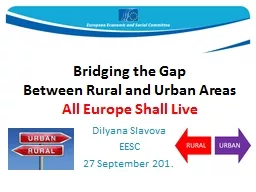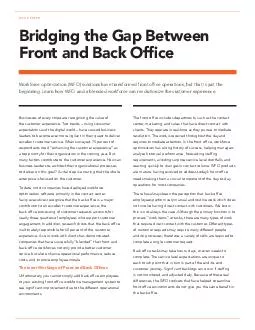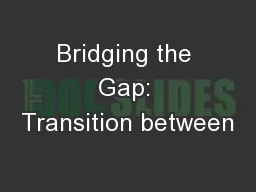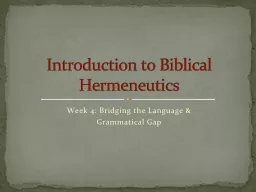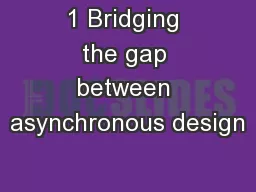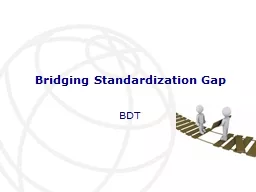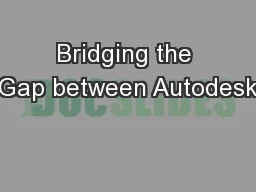PPT-Bridging the Gap Between
Author : conchita-marotz | Published Date : 2018-03-06
Rural and Urban Areas All Europe Shall Live Dilyana Slavova EESC 27 September 2017 Europe has large geographic differences in terms of economic and social development
Presentation Embed Code
Download Presentation
Download Presentation The PPT/PDF document "Bridging the Gap Between" is the property of its rightful owner. Permission is granted to download and print the materials on this website for personal, non-commercial use only, and to display it on your personal computer provided you do not modify the materials and that you retain all copyright notices contained in the materials. By downloading content from our website, you accept the terms of this agreement.
Bridging the Gap Between: Transcript
Download Rules Of Document
"Bridging the Gap Between"The content belongs to its owner. You may download and print it for personal use, without modification, and keep all copyright notices. By downloading, you agree to these terms.
Related Documents

